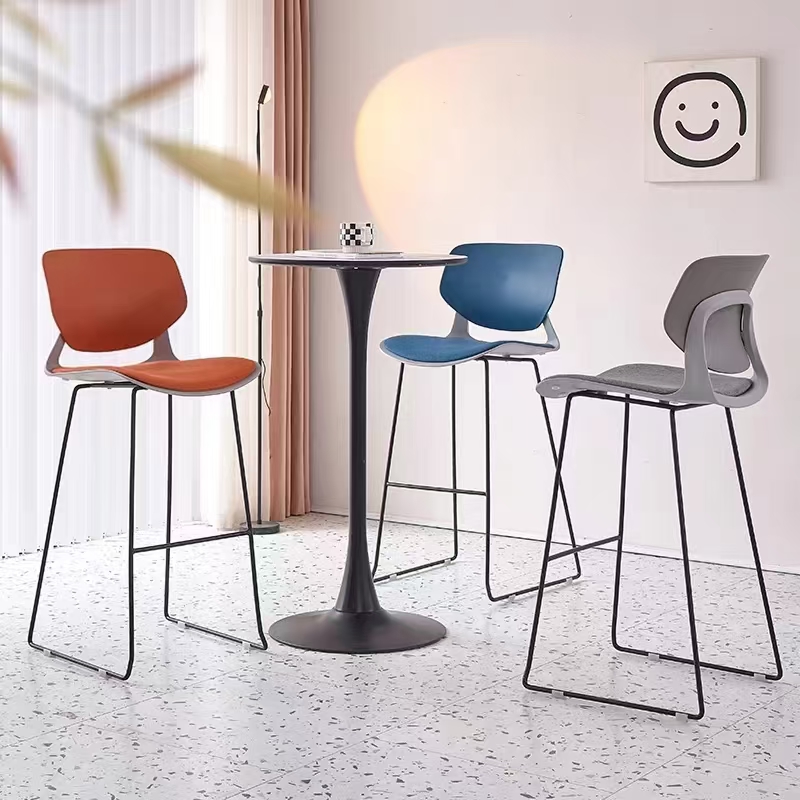
In today’s competitive global furniture market, finding a trusted manufacturing partner is critical for businesses aiming to deliver quality, innovation, and value to their customers. As a hub of precision, scalability, and craftsmanship, China’s furniture industry offers unparalleled expertise—but not all factories are created equal. Whether you’re a retailer, designer, or brand owner, understanding a factory’s core capabilities can help you identify the right ally. Below, we break down the key competencies that define top-tier China furniture manufacturers, aligning with industry demands and international standards.
1. Mastery of Diverse Furniture Types: From Wood to Upholstery
A leading furniture factory excels across multiple categories, ensuring flexibility to meet varied client needs. At the foundation is wooden furniture manufacturing, a cornerstone of China’s expertise. Factories here work with hardwoods (oak, teak), softwoods (pine), and engineered woods (MDF, plywood), leveraging decades of experience to transform raw materials into durable, aesthetically pleasing pieces. For niche markets, cabinetry & millwork specialists focus on high-precision items like kitchen cabinets, wardrobes, and decorative paneling—ideal for commercial projects or luxury residential spaces.
Beyond wood, top factories also excel in upholstered furniture manufacturing, combining frame construction, foam molding, and fabric sourcing to create comfortable sofas, sectionals, and chairs. This versatility ensures clients can source entire product lines from a single partner, streamlining logistics and quality control.
2. Customization: Turning Ideas into Reality
In an era of personalization, custom furniture production has become a game-changer. Whether you need a unique dining table for a boutique hotel or a custom office desk for a tech startup, leading factories offer end-to-end customization. This includes:
– Design collaboration: Working with your sketches, 3D models, or samples to refine dimensions, finishes, and materials.
– Material flexibility: Sourcing exotic woods, sustainable lumber, or specialty fabrics to match your brand’s vision.
– Scalability: Producing small batches for prototypes or large orders for mass retail, without compromising on quality.
This adaptability makes custom production a go-to for brands seeking to differentiate in crowded markets.
3. Precision Technology: CNC Machining and Surface Treatment
Modern furniture manufacturing demands precision. Top China factories invest in advanced technologies like furniture CNC machining—computer-controlled cutting, drilling, and shaping—to achieve tight tolerances (often within 0.1mm). This technology is especially critical for complex designs, such as curved edges, modular components, or intricate wood inlays, ensuring consistency across large orders.
Complementing CNC machining is furniture surface treatment, a process that transforms raw materials into visually stunning, durable finishes. Techniques include:
– Spraying/painting: Eco-friendly water-based paints for low VOC emissions (key for EU/US markets).
– Wood staining: Enhancing natural grain patterns with customizable colors.
– Lacquering: Adding glossy or matte protective layers for high-end furniture.
These processes not only elevate aesthetics but also extend product lifespans, meeting consumer expectations for durability.
4. Sustainability: A Non-Negotiable for Global Buyers
With increasing demand for eco-conscious products, sustainable furniture production has moved from a buzzword to a requirement. Leading Chinese factories prioritize:
– FSC-certified wood: Sourcing lumber from responsibly managed forests to ensure traceability and reduce deforestation.
– Waste reduction: Recycling wood scraps into particleboard or biomass energy, minimizing landfill contributions.
– Low-emission finishes: Using water-based coatings and adhesives to comply with international environmental regulations (e.g., REACH, CARB).
For brands targeting green certifications (e.g., LEED, BIFMA), partnering with a factory committed to sustainability is essential to meet sustainability goals and appeal to eco-aware consumers.
5. End-to-End Services: From Prototype to Assembly
Launching a new product line? A top factory streamlines the process with furniture prototype development—rapidly creating functional samples to test design, ergonomics, and market fit. This iterative approach reduces time-to-market and minimizes risks of costly revisions later.
Once the prototype is approved, factories offer furniture assembly services, handling everything from component fabrication to final assembly. This “turnkey” model is a boon for international buyers, as it eliminates the need to manage multiple vendors, reduces shipping costs (by shipping assembled vs. flat-packed items), and ensures consistent quality across deliveries.
Why Choose a China Furniture Factory?
China’s furniture industry thrives on a blend of tradition and innovation. Factories here combine artisanal craftsmanship (honed over generations) with cutting-edge technology, offering competitive pricing without compromising on quality. By focusing on the capabilities above—customization, precision, sustainability, and end-to-end services—you can partner with a factory that not only meets your current needs but scales with your business as it grows.
Final Thoughts
When evaluating a China furniture factory, look beyond price tags. Prioritize partners with proven expertise in your target categories (wooden, upholstered, or custom), a track record of sustainable practices, and the technology to deliver precision and speed. With the right manufacturer, you’ll gain a competitive edge in global markets—turning your vision into high-quality furniture that resonates with customers worldwide.
Article link:https://www.vlefooena.com/manufacturer/4426/

No reply content